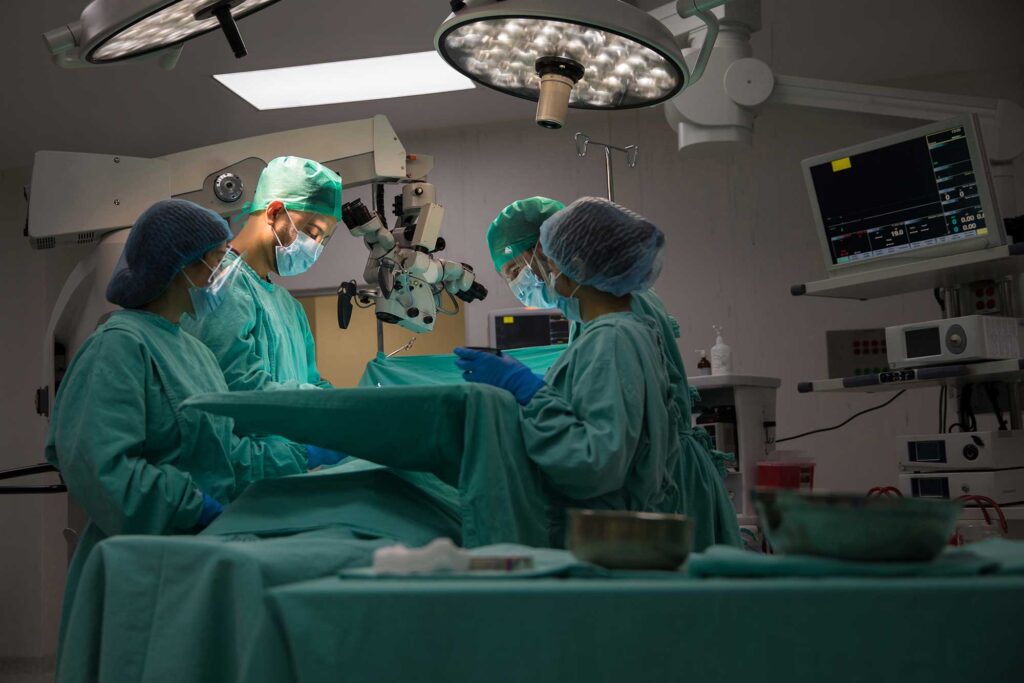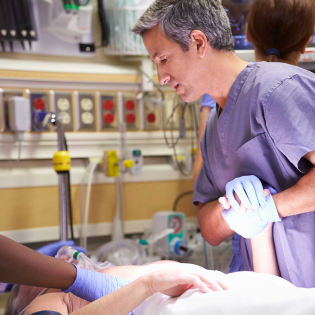Are you wondering what emergency room orchestration using a system that learns from the patterns and movements in the ER and can apply rules and logic to improve workflows looks like?
Let’s start with the typical emergency room and highlight opportunities for intelligent orchestration.
The Typical Emergency Room
The ED was expectedly full today.
Cathy had just walked past the admissions desk where a long line of patients waited for one of the Triage nurses to come and fetch them into the ER. The week after the holiday season always seemed to be busier than normal. Her charge nurse May seemed to think it was because the adrenalin of the holidays was wearing off and bodies were trying to cope with the pressures of the holidays.
Caring for Five Patients
Cathy was taking care of five patients.
One of them had special labs ordered and she setup a mental timer to check for the lab results in the next twenty minutes.
Another was getting ready to be discharged but she was waiting for Dr. Mason to do a final check on the patient’s imagining so they could send her back home.
Her youngest patient was a little girl who had landed badly on the new trampoline she had gotten as a gift. Cathy had examined her ankle and marked her a severity 3. Considering how busy the ER was it would be tricky to find a transporter and a wheel chair to get her to the imaging room. She wished she could snap her fingers and get transportation for the sweet little girl.
Managing the Cumbersome EHR
She went into the fourth patient’s room to check how they were doing. She needed to open up the EHR and make a note of the time she had entered the room.
It was a cumbersome step she wished she didn’t have to do each time. With all the automation she saw around her she was surprised how the hospital seemed to be a few steps behind the times. When she ordered an Uber, the driver didn’t have to press a button to let her know the car was outside. Rather, the driver’s app automatically tracked and identified the arrival.
ER nurses are overloaded. The stress of dealing with sick and ailing patients is often compounded by unwieldy EHR systems. EHR systems are designed to be a great system of record.
How Might Implementing Complex Workflows Improve the Emergency Room?
However a system that records transactions isn’t enough to implement complicated workflows. But what if your emergency department had an orchestration system that could?
What might it do? Here are four specific examples.
1. Predict, Monitor and Notify About Lab Results
Nurses shouldn’t have to constantly check for updates on labs.
The system should also be intelligent enough to predict how long the labs would take to process and send the nurse an estimated time for the results.
When the results are in, the system should send the alert straight to the nurse’s mobile phone.
2. Recognize that Discharged Patients Mean Available Rooms
Furthermore, when nurse Cathy drops off a patient at discharge, she shouldn’t have to walk all the way to triage to tell them they have an available room to send the next patient into.
The system should be smart enough to recognize a patient has been taken to the discharge lounge and send the Triage nurse a notification.
3. Suggest Child Patient Priority Options for Faster Transport to Imaging
The hospital has a new policy of assigning higher priority to kids with injuries. If Cathy had known, she could have escalated the transport for the little girl.
The system should be smart enough to suggest to Cathy that she had the discretion to mark her young patient’s severity as a 2 instead which would automatically trigger as higher priority for the transporters.
4. Pro Actively Suggest Emergency Room Staffing Changes
Nurse May has been working in the hospital for a number of years. That was the reason she knew the the week after the holidays would be busier and she had asked two of her flex staff to come in for a few extra shifts.
However, ideally, the system should have the intelligence built in to recognize that the census would be above average and suggest pro actively to increase staffing.
Emergency Room Orchestration Learns from ER Patterns and Movements to Improve Workflows
These are some of the benefits of a orchestration system that learns from the patterns and movements in the ER and can apply rules and logic to improve workflows.
Knowing real time wait times for labs and imaging help nurses better inform their patients. Patients understand they have to wait in the ER but knowing how long they need to wait makes it a more pleasant experience.
The system can help locate equipment too and, in cases where the system can predict that certain equipment is needed, alerts can be sent to nurses to move in equipment so it would be at the right place at the right time.
The smart alerts from the orchestration system can help alleviate the load on nurses like Cathy and May so they can better focus on their patients and not worry about routine follow up and recording that could be automated by the Orchestration system.
We invite you to learn more.
About TAGNOS
TAGNOS is the future of clinical automation software solutions with Artificial Intelligence. TAGNOS is the only platform offering predictive analytics utilizing machine learning and RTLS. This groundbreaking platform leverages historical patient data continuously and adjusts operational intelligence to provide sustainable improvement to both the patient experience and metrics.
TAGNOS provides clinical systems integration, customizable reporting, dashboards, alerts, critical communication with staff and family to improve turnaround times. TAGNOS supports patient flow, workflow orchestration, and asset management.
In the course of 13 months, hospitals see a 12.7% reduction in its overall cycle time – saving an average of 40 minutes from each case and over $1.6M per year – more than 11x the typical investment.


